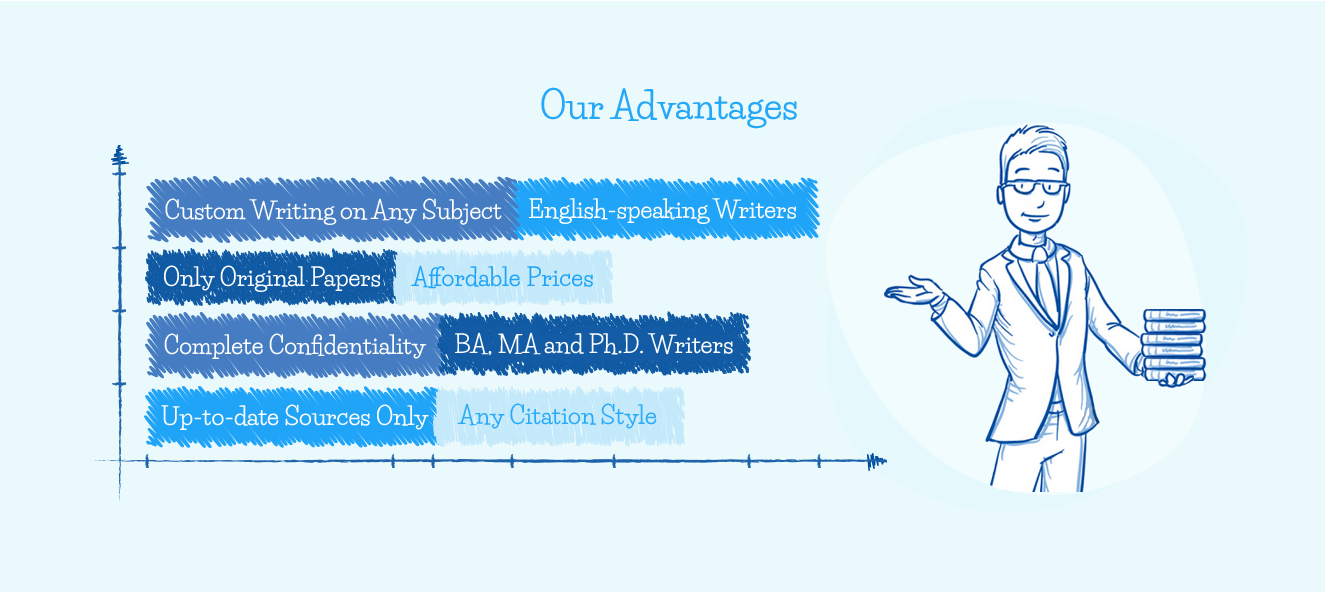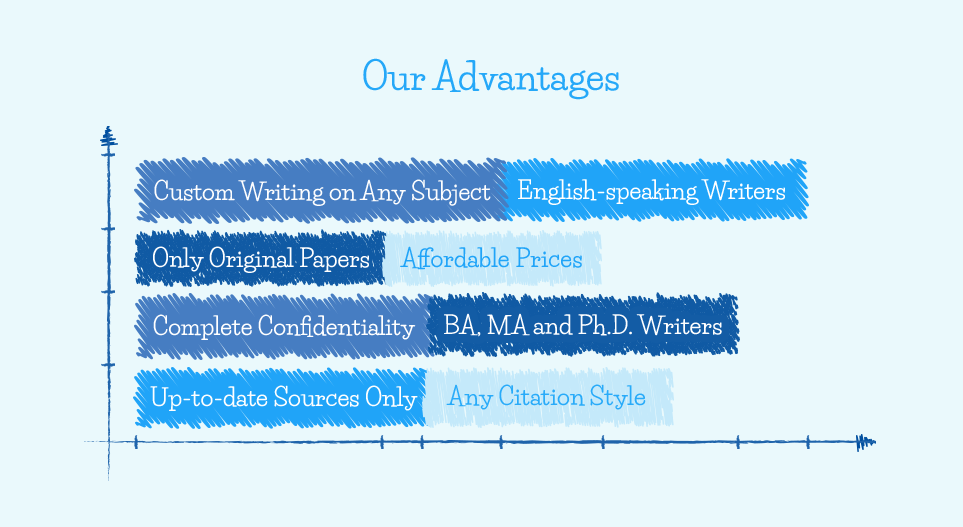Research Utilization
Statement of the Problem and Purpose
The purpose of the study by Spiva et al. (2017) is twofold. Firstly, their research was aimed at investigating the efficacy of a mentor education program on the nurse mentors’ views regarding skills, levels of confidence, and knowledge, as well as the readiness of a healthcare organization about research utilization and evidence-based practice (EBP). Secondly, it was focused on investigating the efficacy of developing a formal structure for enculturating EBP to prepare nursing personnel to include evidence-based practice into clinical practice on the views of nursing staff regarding organizational support, skill levels, attitude, nursing leadership, and knowledge about research utilization and EBP (Spiva et al., 2017). Such purpose is stated explicitly and clearly.
The purpose statement has effectively clarified and narrowed the research problem. For example, the authors have identified the specific variables and population of interest. However, the setting of the study has not been indicated in the purpose statement. Moreover, there are two major independent variables. The first one is a formal structure for enculturating EBP. The other one is a mentor training program. The major dependent variables include the nurse mentors’ beliefs of skill level, confidence level, knowledge, and barriers to research utilization as well as nurses’ beliefs of nursing leadership, obstacles, skills, attitudes, and knowledge (Spiva et al., 2017). The problem statement effectively provides information regarding the significance of the issue. Apart from that, the problem statement indicates how the research study would contribute new knowledge. It specifies that the study would do so by demonstrating the effectiveness of EBP nurses in supporting and training nursing staff in providing evidence-based care (Spiva et al., 2017).
Review of the Literature and Conceptual Framework
In the literature review, the major concepts that have been presented include evidence-based practice, research utilization in nursing, course, and education/training. Other concepts are interventions for promoting EBP and preparing clinical nurses to integrate evidence into practice. The concepts to a large extent correspond to the study’s research question and purpose. Moreover, they match well with the purpose of the study and implicit research questions. Moreover, the literature review justifies carrying out the research to a great extent. The justification is adequate. Furthermore, Spiva et al. (2017) satisfactorily identified gaps in the literature. The authors mentioned that there is no clear description of an all-inclusive and multifaceted training intervention for preparing nursing staff in clinical settings to integrate EBP and research to improve patient outcomes. The study proposes to fill in those gaps by developing a comprehensive program for identifying and training EBP nurse mentors, creating online resources, and developing a formalized training program for preparing registered nursing staff to integrate EBP and research into clinical practice (Spiva et al., 2017).
Research Questions
In this study, there are two implicitly stated research questions. The first one is: what is the efficacy of a mentor education program on the nurse mentors’ views regarding skills, levels of confidence, and knowledge, as well as the readiness of an organization for research utilization and EBP? The second one is: what is the efficacy of developing a formal structure for enculturating EBP to prepare nursing staff to integrate evidence-based nursing care into clinical practice on the beliefs of nursing personnel regarding organizational support, knowledge, skills, attitude, and leadership about research utilization and EBP? The previously mentioned major concepts are to a great extent included in the research questions. For example, the concepts of EBP, research utilization in nursing, and education/training are indicated in the two research questions (Spiva et al., 2017).
The dependent and independent variables were included in the research questions. The dependent variables are the nurse mentors’ perceptions of skill level, attitude, confidence level, knowledge, barriers to research utilization, and organizational readiness about EBP. Other dependent variables include nurses’ beliefs about nursing leadership, obstacles, skills, attitudes, and knowledge, as well as organizational support for research utilization and EBP (Spiva et al., 2017). The independent variables consisted of a mentor training program and formalized structure for enculturating evidence-based practice.
The variables were measured using various tools. The evidence-based nursing questionnaire was utilized in measuring the nursing staff’s beliefs and attitudes regarding research evidence and organizational support/readiness. A five-item confidence scale was used in measuring how the nursing specialists perceive confidence not just in their knowledge but also in their capacity to execute EBP (Spiva et al., 2017). A 29-item barriers scale was utilized in measuring the nurses’ perceived obstacles to the utilization of research. A ten-item scale was utilized in measuring how the nurses perceive EBP support provided by the nurse managers. Lastly, an eight-item EBP work environment scale was utilized in measuring how they consider the support offered by the organization (Spiva et al., 2017).
Study Design
A quasi-experimental, two-group pretest-posttest, the interventional study design was utilized (Spiva et al., 2017). It corresponds to the purpose and research problem and allowed the researchers to address the research questions adequately.
Sample and Sampling Method
The target population consisted of nurse mentors and registered nurses. Given the research questions, the accessible target population is appropriate considering that Spiva et al. (2017) focused on EBP nurse mentors and nursing staff. A convenience sampling technique was employed. The exclusion and inclusion criteria have not been explained. Justification of sample size is lacking. The sample comprised 433 participants, namely 367 registered nurses and 66 nurse mentors. It was an adequate sample size. Due to it, the findings could be generalized to the broader population.
Data Collection Methods
The procedures for data collection have been spelled out clearly by the means of surveys. The study subjects completed pre-surveys and post-surveys. Everything was accessed through the nurses’ online learning system. The participants accessed the surveys by clicking on the intranet web link (Spiva et al., 2017). The data was collected by using questionnaires. Before and after the training, the nurse mentors filled in a demographic questionnaire, the confidence scale, as well as the EBN questionnaire. Likewise, before and after the training, the registered nurses filled in the EBN practice questionnaire, a demographic questionnaire, an EBP work environment scale, an EBP nurse leadership, and barriers to research utilization scale (Spiva et al., 2017).
The level of data that was collected is interval since the data had a definite natural order. The inferential and descriptive statistics that were utilized in analyzing the data comprised paired t-tests, standard deviations, means, percentages, and frequencies (Spiva et al., 2017). The tests were significant to the conclusion of the study in that the paired t-tests allowed the researchers to explore the views of the mentors regarding organizational support of EBP, confidence, skills, research utilization, attitude, and knowledge following the training (Spiva et al., 2017). In addition, the paired t-tests enabled the researchers to adequately look into the efficacy of developing a formal structure for enculturating EBP into clinical practice on the beliefs of the registered nurses regarding nurse leadership, obstacles, skill level, organizational support, attitude, and knowledge (Spiva et al., 2017). The quality control measures that were utilized comprised of screening of pre-analysis data. To protect the human subjects, the employee number was substituted. In addition, the list of codes was stored on a jump drive that was protected with an encrypted password. The employee numbers were erased as soon as the pre-surveys and post-surveys were matched. It helped ensure the anonymity of the study subjects (Spiva et al., 2017).
How it works
Step 1
Visit our website and go to the order formStep 2
Fill in specific essay details in your order description sectionStep 3
Pay for your custom essay and get your order verifiedStep 4
Process of writing your academic assignmentStep 5
Editing and anti-plagiarism checkStep 6
On-time delivery of an already written essayAuthor’s Presentation of Strengths and Weaknesses
The researchers have not offered any alternative explanations for their findings. The implications for practice and future research have been presented succinctly and clearly. Regarding the implications, Spiva et al. (2017) stated that nurse leaders should be innovative whenever they incorporate EBP into the culture of their healthcare organizations. Moreover, they mentioned that in the future, longitudinal research studies should be conducted to examine the lasting impacts of EBP education programs on hospitals’ continued culture of evidence-based practice (Spiva et al., 2017).
Conclusion
The results of the study are logical, clear, and easy to understand. The results have also adequately addressed the research questions. The nurse mentors were found to be effective in supporting and training nursing staff in the delivery of evidence-based nursing care (Spiva et al., 2017). On the whole, taking into consideration the weaknesses and strengths of this study, I would recommend using its findings in practice. The reason is that the study sheds light on how adopting EBP by nurses can be supported and promoted. In clinical settings, trained EBP nurse mentors can be utilized in promoting the utilization of EBP and in supporting nursing staff.

















